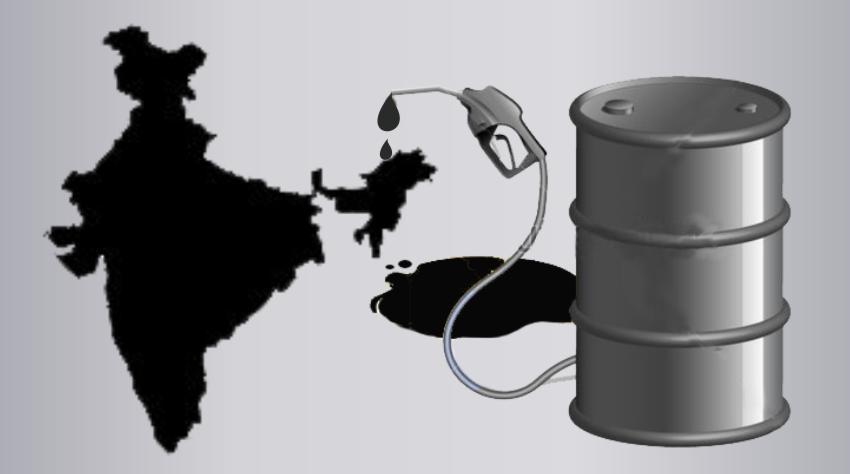India has a huge appetite for oil and with 75% of it getting imported; it stands to play a vital role in revitalizing many of the distraught oil exporters. Many of the countries that have been hit hard by the biggest price drop, have found a lifeline outside the group, especially from Japan, India and European countries.
India, which imports more than two-thirds of its oil from the Middle East(mostly from Saudi Arabia and Iran), is forecast to double through 2014 to 10.3 million barrels a day, i.e. nearly half the world’s oil demand growth. This demand is driven higher by a marked shift towards more manufacturing activity, away from the service sector. Most of the increase in demand would come from transportation fuels with an increased demand for cars in the ever increasing urban and semi-urban markets.
Venezuela, currently reeling under a political crisis following a mass anti-government protest in 2015, looks forward to balance its budget through revival of its oil exports in the form of new deals. One such deal has come in the form of Essar Oil Ltd., operator of India’s second biggest refinery, who has struck a $13 billion deal which may lead to increase in plant processing from Venezuela. India is also likely to decide whether to go ahead with a $15 billion disbursement to Nigeria, who have seen a 1.7% shrink for the first time since 1991, for future supplies.
Russia’s Rosneft PJSC, with an eye towards the $117 billion oil retail market, intends to buy a share of oil fields in Venezuela at Essar’s refinery after they acquired the facility at Vadinar in Western India.
India’s closest rival Japan has shifted its focus towards nuclear energy and hence has seen a drop in oil use. But these two countries do not come close to the largest consumers in the world, US and China. In U.S. ,the place where the entire oil shale revolution started through hydraulic fracturing or fracking, the average fuel economy achieved by a car has decreased from a peak of 25.8 to somewhere around 25.2 miles per gallon. This indicates a downward trend towards lower fuel efficiency.
In this entire bustle, The Green tribunals can only hope that the latest emission norms would potray a better picture for a better nature conscientious world.
-UJAL


